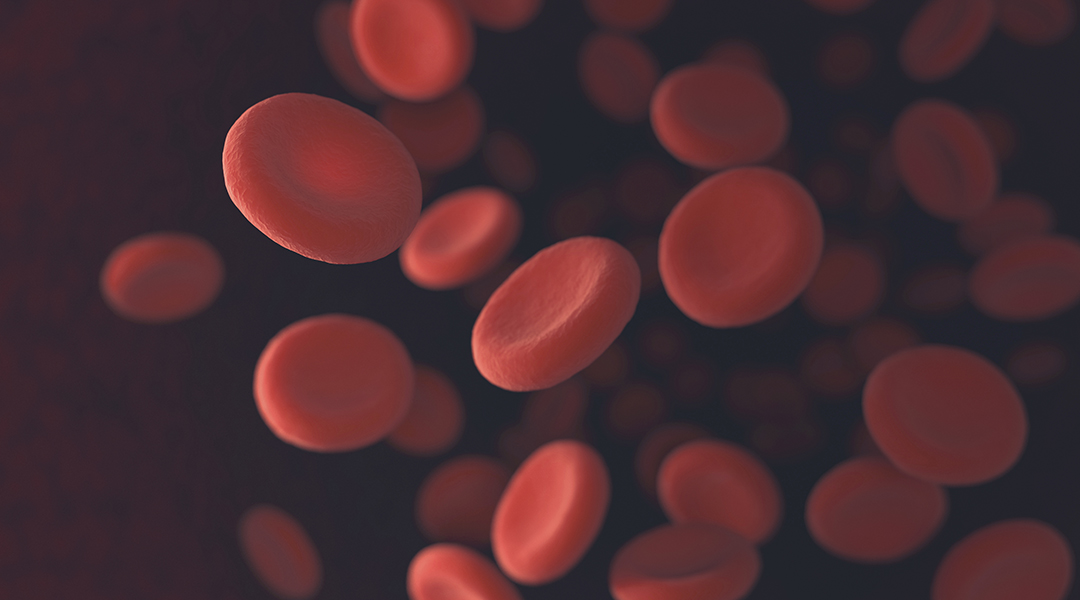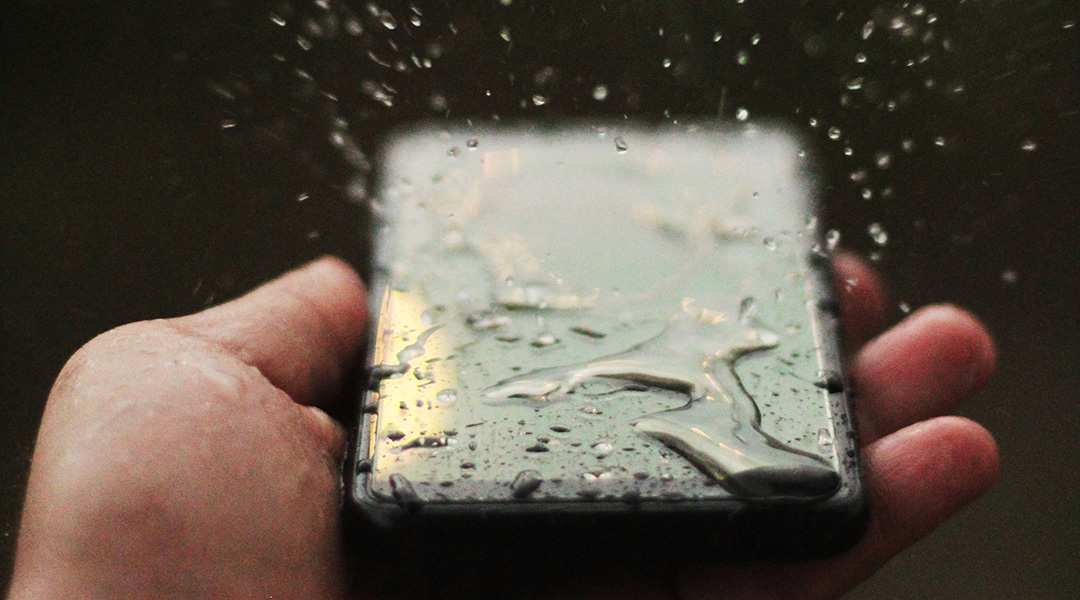Microfluidic oxygenators provide support to patients with low blood oxygen levels during respiratory distress, and advancements in technology are making them more portable and user-friendly.


Microfluidic oxygenators provide support to patients with low blood oxygen levels during respiratory distress, and advancements in technology are making them more portable and user-friendly.

A new stretchable and conductive nanocomposite shows promise as a biocompatible material for correcting arrhythmia in patients.

Researchers at Osaka University are helping to power portable sensors that do not use batteries by generating electricity from heat that is otherwise wasted.

The next generation of contact lenses addresses current problems such as dry, itchy eyes.

What does cooking in your kitchen have in common with printed electronics? More than one would think! Sintering is a widely used technique for bonding particles into coherent structures, imparting increased strength and integrity. Due to its low cost, and reliability,...

Researchers have created a wearable device which offers unprecedented opportunities for joint rehabilitation.

Researchers report flexible, conductive and waterproof fibers for wearable, underwater electronics.

A 0.2 mm thick sensor that can read fingerprints with incredible detail by detecting visible light reflected from the surface of the skin.

Prof. Jungchul Lee reports a four degrees-of-freedom direct writing technique for liquid metal patterns.

Researchers from the Chinese Academy of Sciences have prepared all-metallic metasurfaces as wide-angle microwave diffusers.